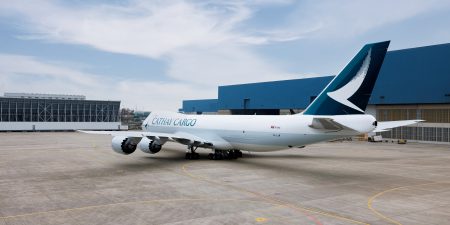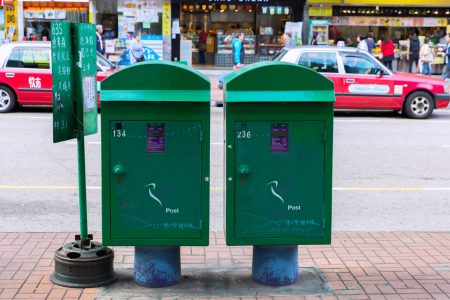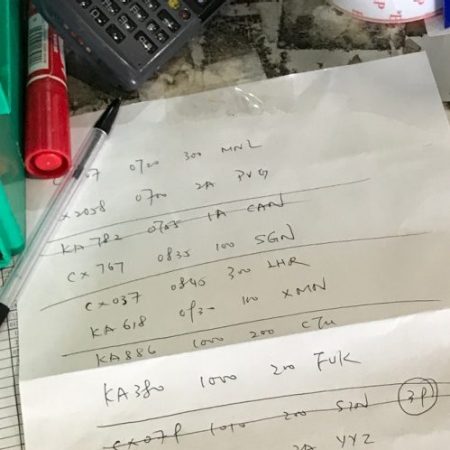According to ICAO, air cargo carries around 80 per cent of the world’s cross-border, business-to-consumer e-commerce. As consumers buy more online each year, quick delivery times and the expectation that orders can be tracked from warehouse to doorstep have become a vital part of the online retail experience.
Most e-commerce shipments go by air simply because it is fast. But these are competitive skies; newer operators that have only ever known e-commerce’s demands are vying for space with an air cargo industry that is still shedding its dependency on paper and embracing digitalisation. This extends to post offices too. They fulfil around 70 per cent of the world’s e-commerce, and come with legacy processes that predate aviation.
Writing earlier this year, IATA Manager, Cargo, Mail and E-commerce Operations and Standards Andre Majeres: ‘If the industry wants to stay competitive, processes and documentation need to move into the digital era. We must not only partner with all the actors in the supply chain but also digitally blend together.’







